
National Science Week 2023
As an integral part of Australia’s scientific community, NATA is always proud to celebrate and be involved in National Science Week (August 12-20).
Each year there are more than 1000 events around Australia including those delivered by universities, schools, research institutions, libraries, museums and science centres.
This is a great opportunity to reflect on achievements within our community but also to educate and inspire the next generation.
The theme for this year is Innovation: Powering Future Industries.
While a lot has been written about Industry 4.0 and the impact of emerging technologies, one overlooked concept is measurement uncertainty. Without it, progress in any of these fields would not be possible.
To demonstrate why all measurements are wrong, NATA’s Deputy Sector Manager of Materials, Assets & Products (MAP) Nick Di Cresce, presents a highly engaging video we encourage you to watch.
National Science Week 2022
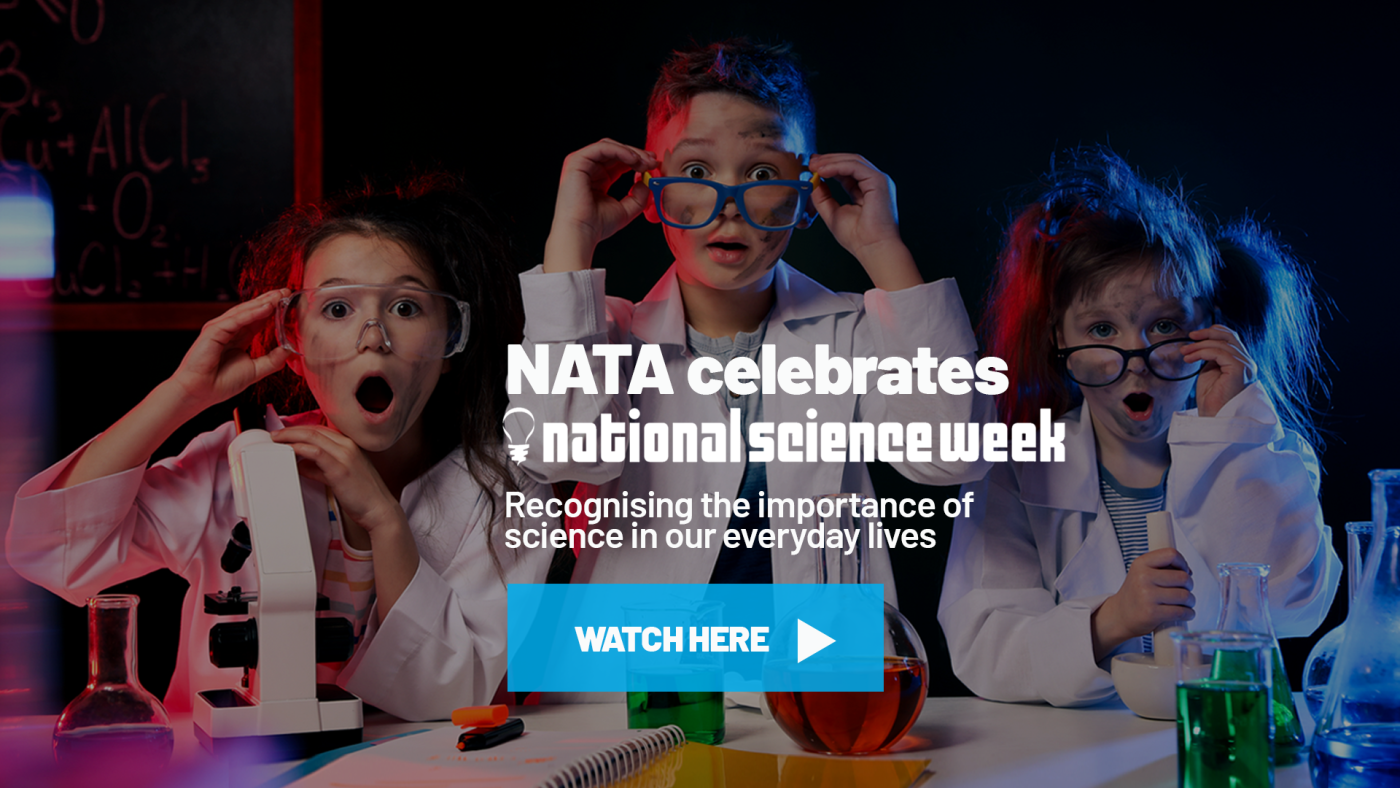

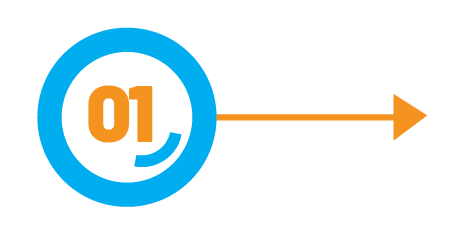
Established in Australia in 1947, the National Association of Testing Authorities (NATA) was the world’s first Accreditation Body (AB).

The first accreditation areas ensuring scientific competence were in the fields of testing including chemical analysis, mechanical testing, metrology, electrical testing, pyrometry, photometry, industrial radiography and testing of biological biological products.
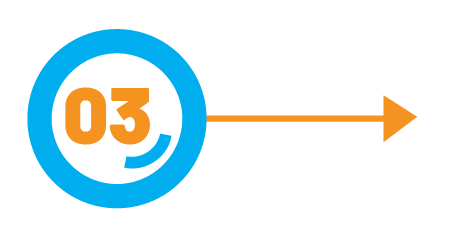
The ChemCentre in Western Australia (Registration Number 8) was one of NATA’s first registrations. It applied for registration in 1949 and was accredited for eleven chemical test areas in 1950. It is still the oldest operative NATA member.

The ChemCentre in Western Australia (Registration Number 8) was one of NATA’s first registrations. It applied for registration in 1949 and was accredited for eleven chemical test areas in 1950. It is still the oldest operative NATA member.

NATA engages a peer-assessment process for accreditation assessments. These NATA subject matter experts give their time voluntarily.
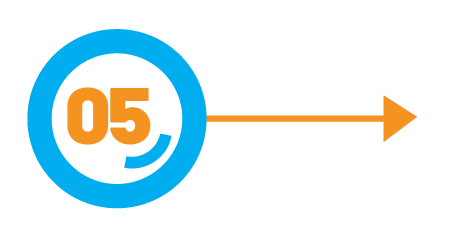
In 1969 accreditation moved into the areas of mining, chemical, automotive, food and pollution control – increasing scientific confidence in testing results.
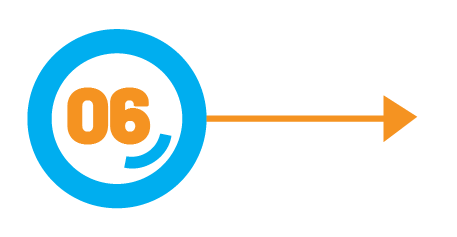
By 1970, more than a third of all chemical and mechanical laboratories in Australia were NATA accredited – providing reliability and confidence in test results.
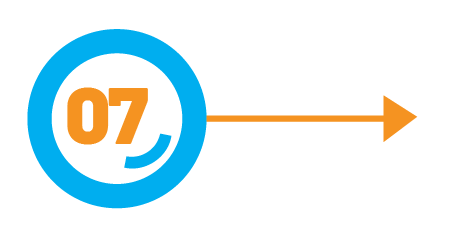
NATA accredited its 1000th laboratory in Australia in 1976 – a global first in technical accreditation.
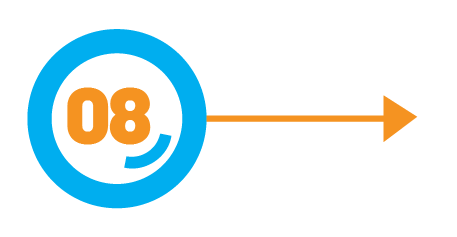
In 1977 NATA becomes the founding member of the International Laboratory Accreditation Cooperation (ILAC)
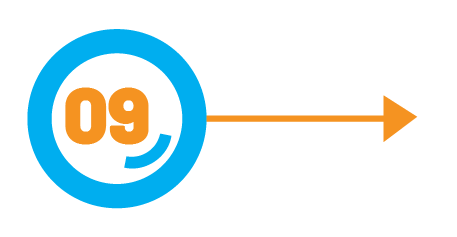
During the 1980’s to help improve the health of cattle, NATA commenced accrediting services performing the inspection of animals prior to export, ensuring the safety and growth of Australia meat industry.
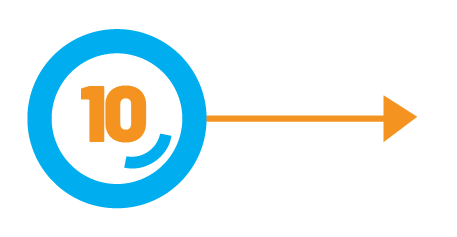
The 1981 bi-lateral agreement between NATA and International Accreditation New Zealand (IANZ), allowed for automatic acceptance of respective accreditation.
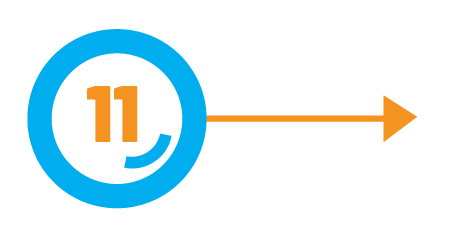
1982 saw the first NATA / Royal College of Pathologists Australasia (RCPA) pathology laboratory accredited. The program celebrates its 40th year in 2022
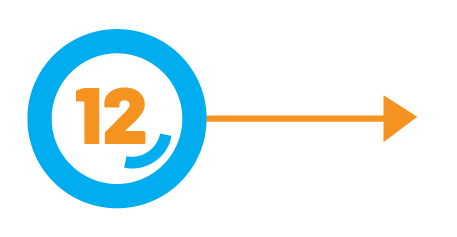
In 1983, medical testing becomes NATA’s 10th field – giving confidence in the results being provided by pathology laboratories to Australians.
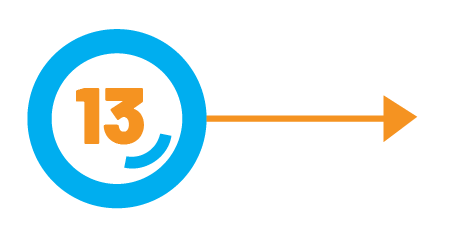
In 1986, NATA appoints its 1000th Technical Assessor (TA) adding additional scientific impartiality to assessments for accreditation.
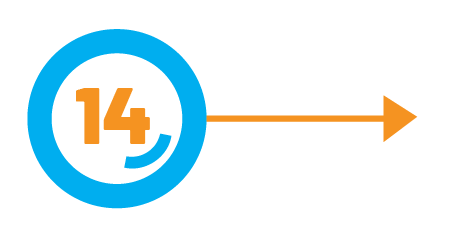
From 1986, the Commonwealth made NATA accreditation for Pathology Laboratories a requirement for Medicare benefits.
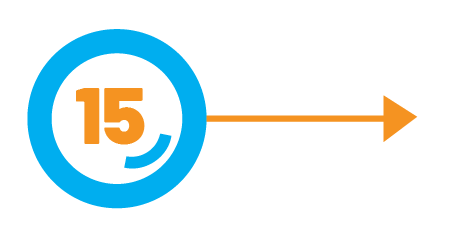
In 1987, Jennifer Evans, current NATA CEO, joins NATA. 2022 marks her 35th year with the organisation.
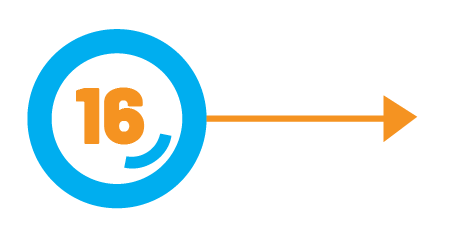
NATA created the Temporary Laboratory Policy in the 1980s, which provided a framework for NATA to approve short term project laboratories, like those being established for road and bridge construction. By the early 1990’s, state road agencies were mandating NATA accreditation for major works which resulted in a significant increase in accreditation activity, such that the standalone accreditation discipline Construction Materials Testing was formed.
This quickly became one NATA’s largest accreditation areas and remained so until it was merged to form part of the Materials Assets and Products sector.
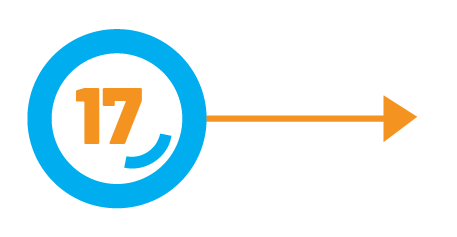
NATA accredits its 2000th laboratory testing facility in 1990 – a world first.
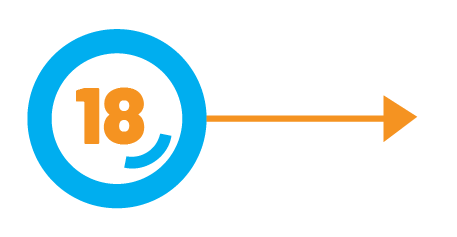
NATA sets up its now divested certification operations, which would later become known as NCSI, from 1990s onwards.
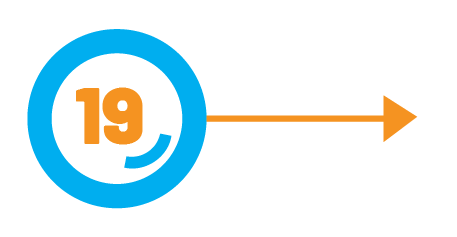
In 1990, the laboratory accreditation systems of Australia, New Zealand and the United States are linked by bi-Lateral agreements, allowing mutual acceptance of test results from accredited laboratories.
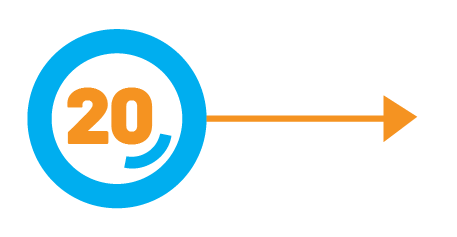
In 1991, NATA achieves a world first in attaining international recognition for its “Assessment of Laboratory Quality Systems” training course.
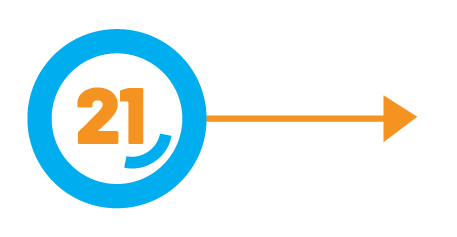
1991 saw road agencies seek supplier accreditation for road building materials such as sand and aggregate. This resulted in large numbers of quarry accreditations at the time.
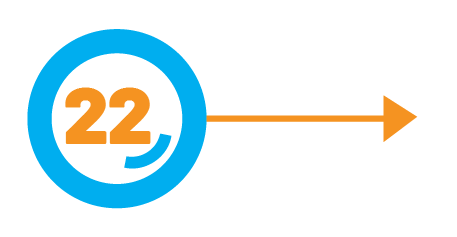
NATA becomes the founding member of Asia-Pacific Laboratory Accreditation Cooperation (APLAC) in 1992.
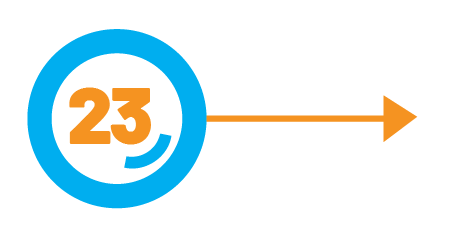
NATA added a new accreditation program for laboratories performing paternity testing under the Commonwealth Family Law Regulations and for forensic science laboratories providing services for the criminal justice system and State Coroners.

In 1992, NATA launches its Inspection accreditation program services.
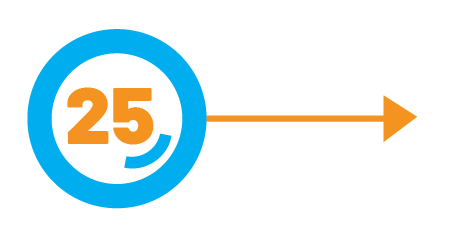
In 1992, following a Royal Commission into the Lindy Chamberlain and Edward Splatt cases in the 1980’s – NATA established the world’s first comprehensive accreditation program for forensic services for the newly established National Institute of Forensic Science.
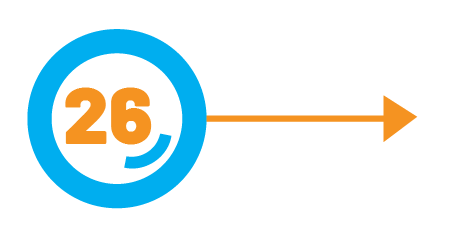
Aligning science and technology, the first NATA registration for the testing of Information Technology Equipment (ITE) is undertaken in 1993.
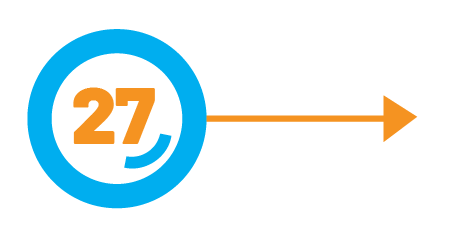
In 1993 NATA strengthens its ties to the Commonwealth Government with a Memorandum of Understanding (MOU) reflecting an understanding between the Australian Telecommunications Authority and NATA on the scientifically driven accreditation of laboratories to conduct the testing of customer equipment.
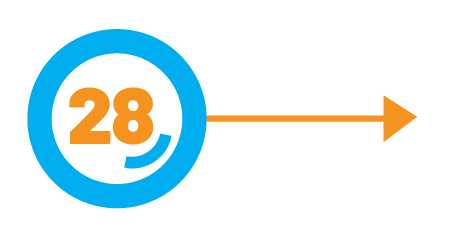
Extending its global reach, in 1994 NATA accredits Belgo Mineira, a steel manufacturing and fabrication company in Brazil for its prestressed concrete wire and strain testing laboratory.
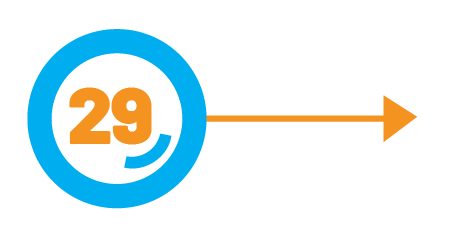
A Memorandum of Understanding (MOU) is signed by NATA and the Victorian Department of Health and Community Services (H&CS) in 1994 to help ensure drinking water supplied by water authorities to consumers are safe and meet national and international standards.
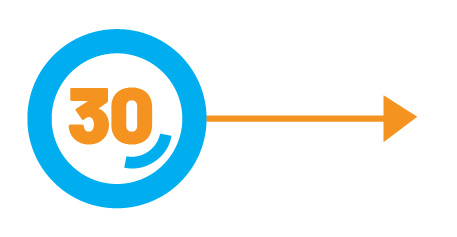
NATA appoints it’s 3000th Technical Assessor in 1995.
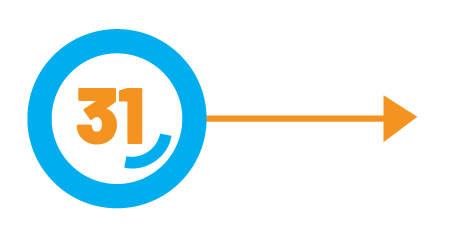
NATA accredited many laboratories performing testing on many stages of the upgrades to the Hume freeway, culminating in the mid-90s.
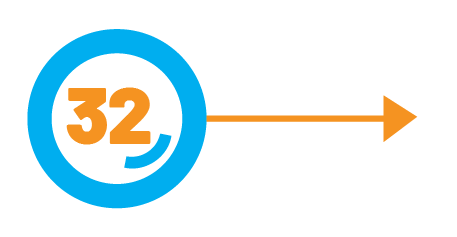
A Mutual Recognition Agreement (MRA) between Australia and the The European Community is signed in 1997 that enables conformity of certain products to be assessed in Australia by accredited laboratories and inspection bodies.
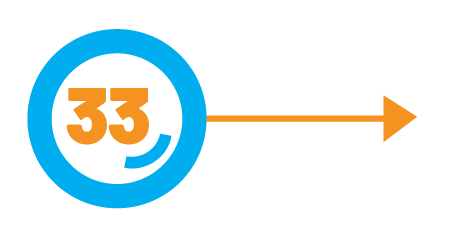
A Memorandum of Understanding (MOU) to reduce technical barriers to trade were signed by 16 Asia-Pacific bodies in 1998, including NATA.
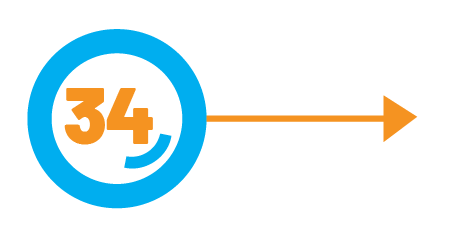
In 1989, VicRoads becomes the first organisation accredited as an inspection body by NATA for road pavement investigation and classification.
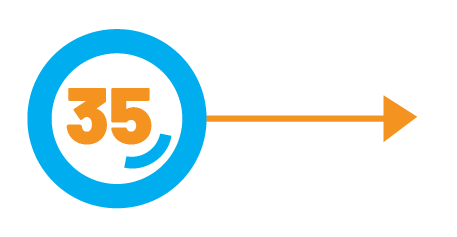
International Testing and Certification Services (ITACS) becomes Australia’s first laboratory to be designated by NATA under the EU/Australia MRA in 1998 to assess electrical equipment for compliance with the European Low Voltage Directive. The accreditation assists exporters to access European markets and provide protection if compliance is disputed.
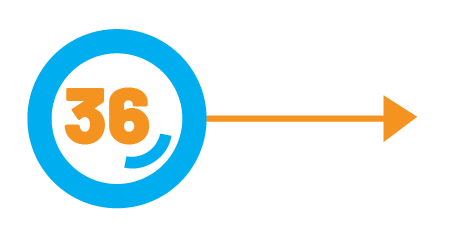
NATA accredits a key anti-doping Laboratory in Japan, LSI Medience Corporation in 1999, extending its gobal reach.
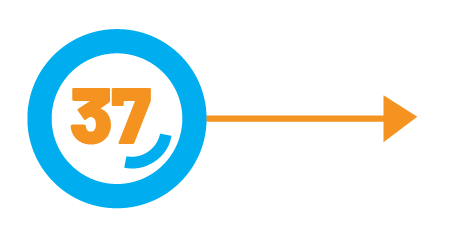
A milestone moment with the ILAC Mutual Recognition Arrangement (MRA) signed in Washington DC by 37 accreditation bodies representing 28 economies in 2000.
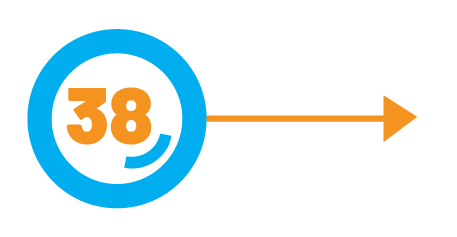
Aligning with technology developments and industry accreditation, NATA launches a world first software testing accreditation program in 2000, giving confidence to developers, testers and consumers.
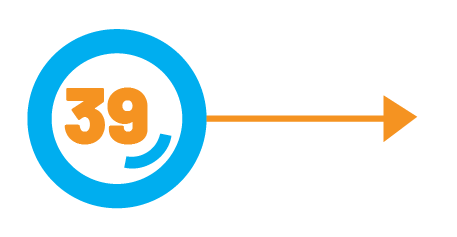
In January 2003, BOC Gases Australia Limited was the first facility to be granted accreditation as a reference gas producer in Australia.
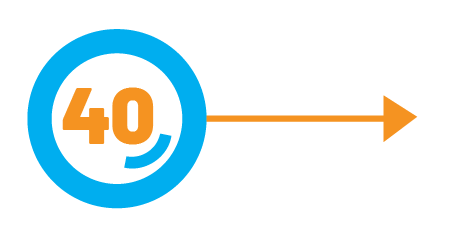
In 2003, The Tasmanian Government signed a Memorandum of Understanding (MOU) with NATA, affirming its support for both NATA and for laboratory accreditation as a key driver of good industry practices in Tasmania. This was the first MOU that NATA signed with an Australian State and reinforced the MOU that NATA has had with the Commonwealth government since 1988.
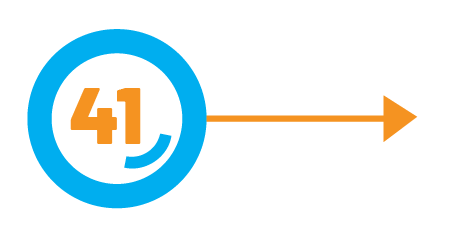
In 2003, as the value of accurate, reliable GMO test results increased, AgriQuality GMO Services in Melbourne became the first genetically modified organism (GMO) testing facility in Australasia to be accredited by NATA for screening and qualitative GMO analyses.
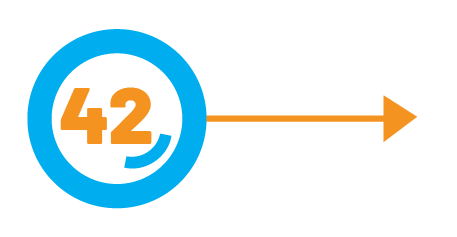
NATA launched its joint accreditation program with the Royal Australian and New Zealand College of Radiologist for medical imaging services in 2004. The first service was awarded accreditation in 2005.
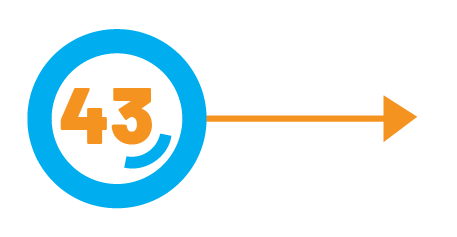
From 1 July 2005, the new standard for medical laboratories, ISO 15189 – Medical Laboratories – Particular requirements for quality and competence was released. This standard was developed from ISO/IEC 17025 specifically for medical laboratories.

In 2005, BTF became one of the first in the world to be accredited by NATA as a producer of quantitative reference materials for microbiology.
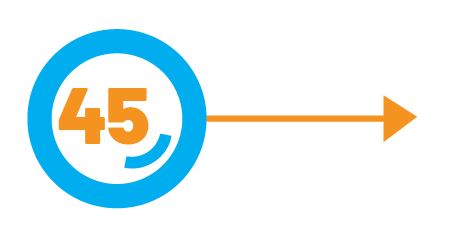
In 2005, greater awareness of risks to children, combined with increased responsibility on local councils and other organisations, led to the first accreditation of a company inspecting playground equipment.
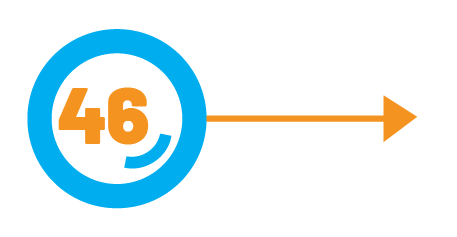
NATA’s 3000th organisation is accredited in 2008.
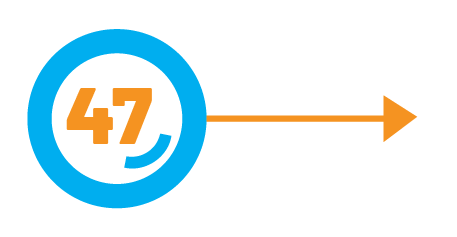
NATA is named as an approved accreditor for the Diagnostic Imaging Accreditation Scheme (DIAS) in 2008.
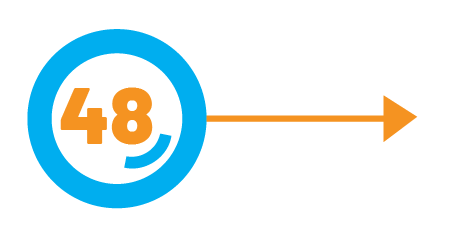
World Accreditation Day (WAD) was established in 2009 by the International Accreditation Forum (IAF) and the International Accreditation Cooperation (ILAC).
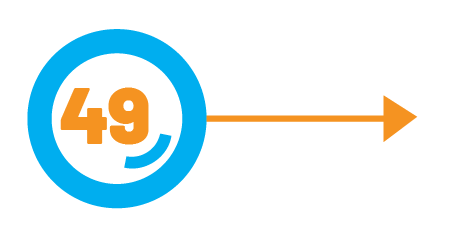
In 2010, NATA developed a contract with the Australian Federal Police to provide accreditation for its laboratories conducting computer forensics and workplace drug testing.

In 2011 the National Australia Bank, cyber investigations unit, was accredited and is responsible for ensuring the financial safety of its staff and community.
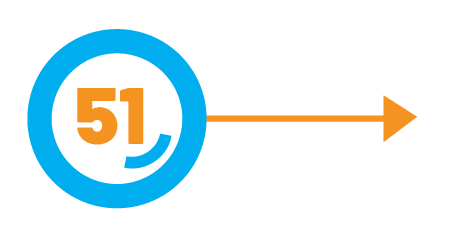
The Sleep Disorders Services (SDS) accreditation program is launched in 2012, together with an MOU signed with the Australian Sleep Association to create a Sleep Disorders Services accreditation program. It is NATA’s 19th accreditation program.
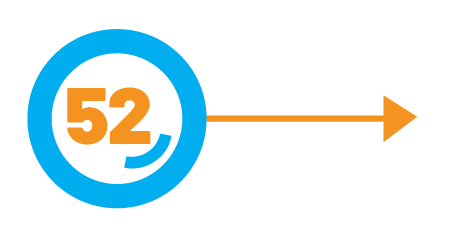
2012 witnessed a renewed deed of agreement with the Department of Agriculture, Fisheries and Forestry to provide training of staff in laboratories testing export produce. And a new MOU for the accreditation of laboratories performing tests on imported seafood, imported agricultural and imported foods in general under the Imported Food Act 1992.
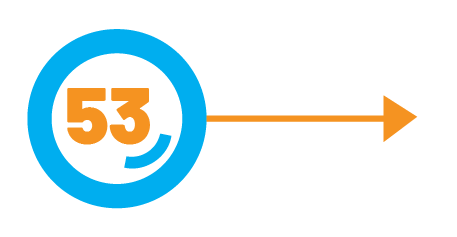
In 2012 NATA renewed a deed of agreement with the Department of Human Services to provide pathology laboratory assessments.
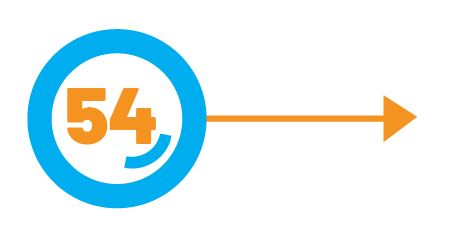
2014 saw a new MOU (Memorandum of understanding) between NATA and Sydney Water for accreditation of laboratories and inspection bodies seeking to become listed providers of Field Testing Services.
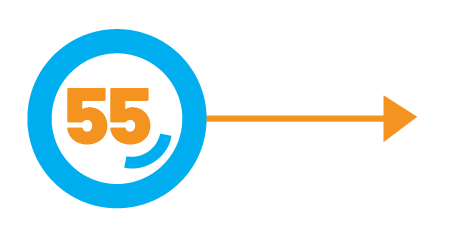
In 2016, The Olivia Newton-John Cancer Research Institute became the first laboratory in Australia to be NATA accredited for a breakthrough technology to perform blood tests for melanoma patients to detect and analyse cancer genes. This new approach has already saved countless lives.
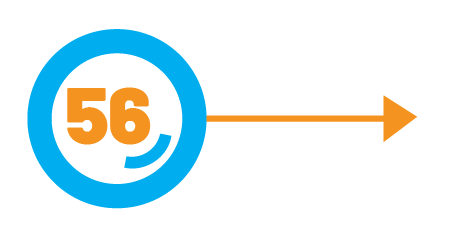
ISO/IEC 17025 replaced ISO Guide 25 in 1999. The standard was last updated in 2017 and NATA’s GM, Operations & Technical represented Standards Australia on the three-year project to revise the standard.
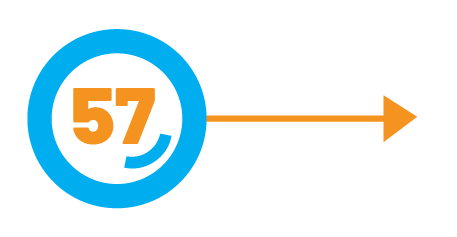
A 2018 University of Technology (UTS) report finds NATA services add over $1m a day to the Australian economy.
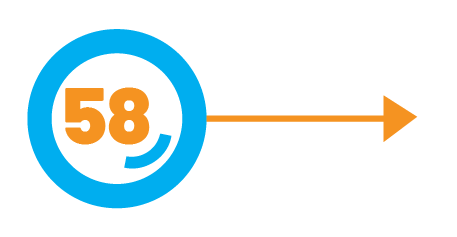
Ahead of the football World Cup later this year it’s worth remembering that NATA, through its extended reach, accredits Antidoping Lab Qatar (ADLQ) in 2018.
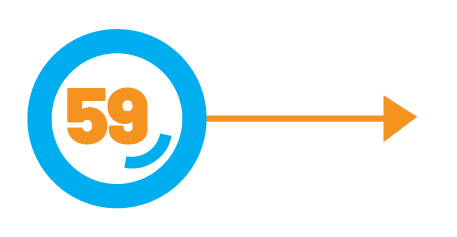
NATA also accredits the laboratories that check the chocolate making sure your treats taste just right.
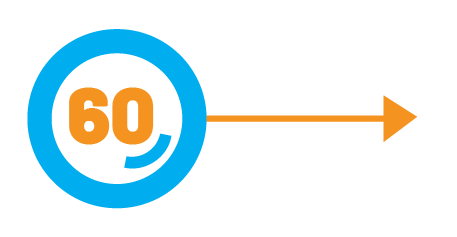
April 2020 sees the first laboratory in Australia accredited for SARS-CoV-2 testing, as Covid-19 spreads globally.
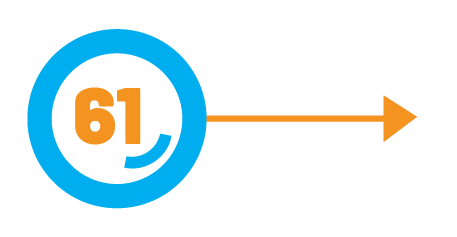
NATA accredits over 200 Australian laboratories for Polymerase Chain Reaction testing for SARS-CoV-2.
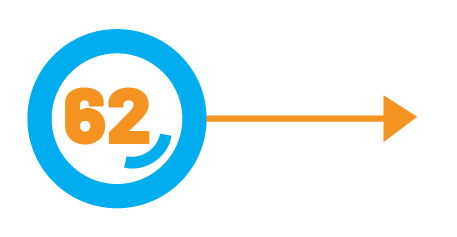
In 2021, NATA launches its new accreditation program for biobanking against the requirements of ISO 20387. The first accreditation is granted in 2022. As of 2022, there are only 5-accredited biobanking facilities in the world.
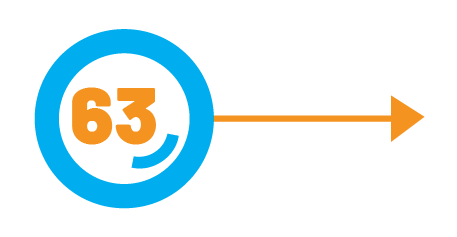
NATA accredits the first Australian lab for Monkeypox virus testing in 2022.
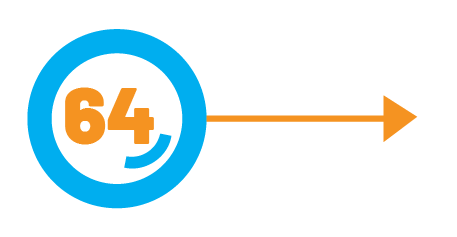
In 2022, NATA CEO, Jennifer Evans is named new chair of the Asia-Pacific Accreditation Cooperation (APAC).
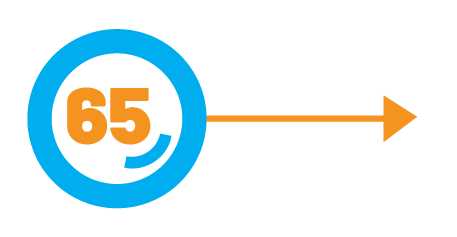
NATA celebrates its 75th anniversary year in 2022.
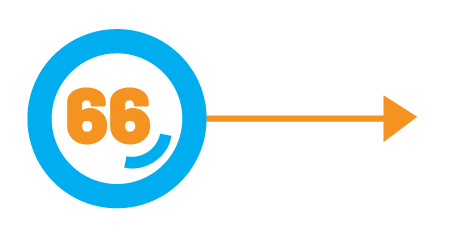
A recent partnership between NATA, JAZ-ANZ and GS1 brought together experts across multiple fields to look at the digital future of conformance and certification. A joint report highlighting the challenges and opportunities in this area was published in 2022 and is referenced in a new United Nations CEFACT project brief.
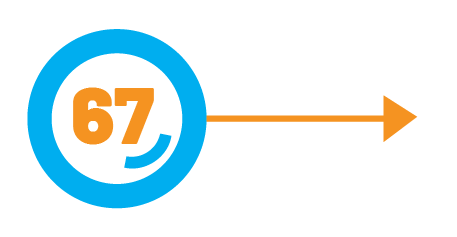
NATA was involved in accrediting many testing providers against ISO/IEC 17025 for the Northwest shelf oil and gas expansion projects starting in the early-2000s. This included major pipeline laying operations (both inland and offshore), assessment of testing facilities set up at refinery construction sites, and the accreditation of supporting facilities overseas including Batam, Indonesia and Milan, Italy.
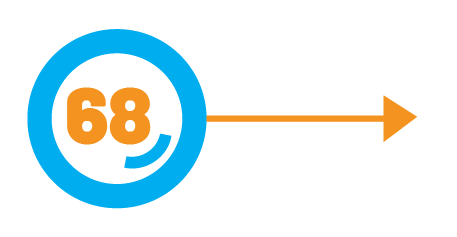
A perfect vintage is assured with vineyards that use NATA accredited labs to test our fine Australian wines.
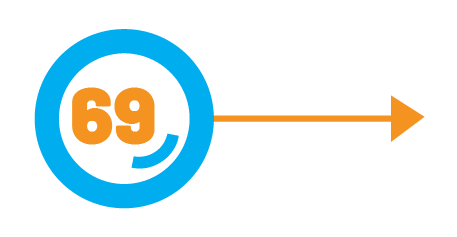
NATA works together with Australian Border Force to ensure asbestos in foreign products doesn’t make it to our shores by ensuring incoming goods are inspected by accredited facilities.
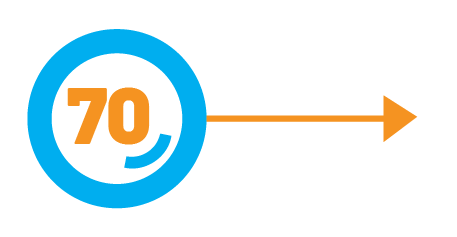
To ensure a flush with the appropriate force, NATA accredits laboratories that ensure the mechanism in your Australian toilet flushes to the right specification.
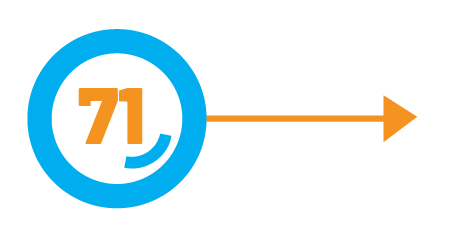
NATA has ongoing engagements with Department of Industry, Department of Foreign Affairs and Trade, and Department of Immigration and Border Protection on the laboratory accreditation process in relation to Australian imports and exports
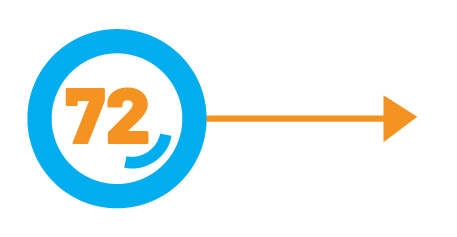
NATA holds MOUs with the following State/Territory Health Departments – Victoria, South Australia, Western Australia, Northern Territory and Queensland
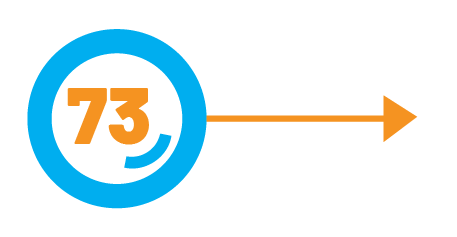
NATA holds MOUs with State Road agencies – Queensland, New South Wales, Victoria and Western Australia
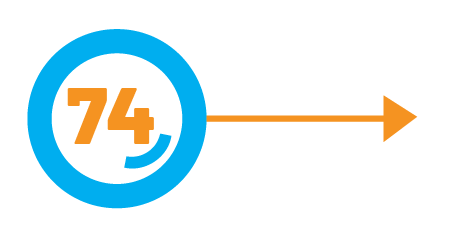
NATA accredits the calibration of reference apparatus used for the verification of petrol pump delivery.
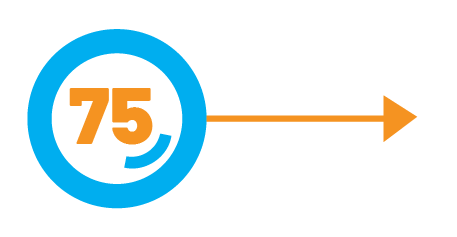
Over 4,000 new Standards will be needed for emerging technologies according to Standards Australia as our economy digitally matures – and accreditation will be needed across data storage, machine learning algorithms and the design around artificial intelligence in the space.

